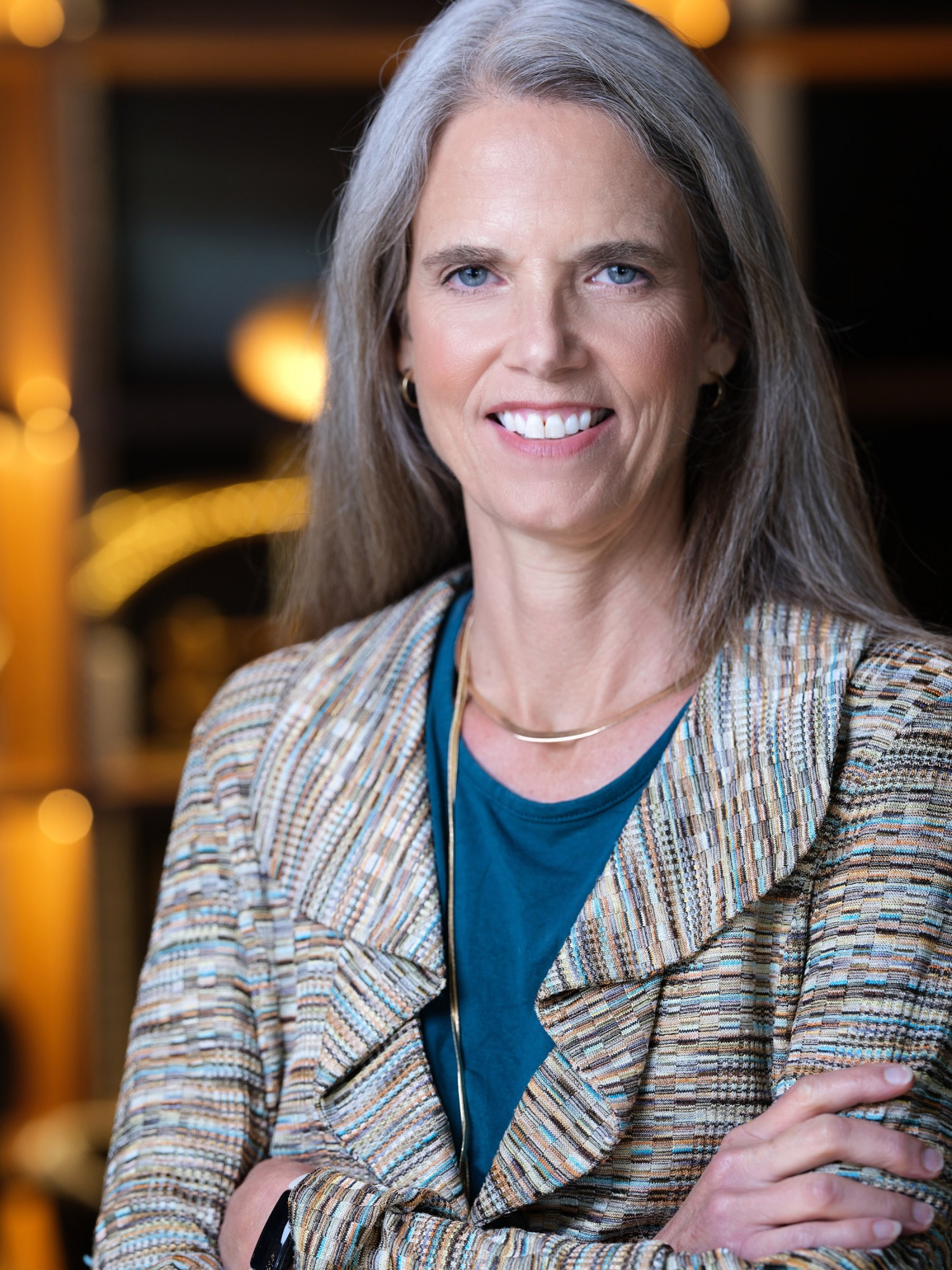In Miami, extreme heat is a deadly concern. Rising temperatures now kill more people than hurricanes or floods, and do more harm to the region’s economy than rising sea levels. That’s why, in 2021, Florida’s Miami-Dade County hired a chief heat officer, Jane Gilbert—the first position of its kind in the world.
Heat has been a silent killer in Miami, says Gilbert: “The number-one cause of weather-related death is from excess heat. It’s been this underrecognized issue that needs to be elevated.” According to the Centers for Disease Control and Prevention, there are an average of 67,512 emergency department visits in the US due to heat each year, and 702 heat-related deaths.
A holistic approach: Gilbert works in the county’s Office of Resilience, which has people designated to work on sea-level rise, carbon mitigation, and waste reduction. “Together,” she says, “we make sure we come at it from an integrated perspective.” She acknowledges that some may be skeptical of her role because “if you work and live in air-conditioning and can afford it, you can manage heat, [and] you don’t need me.”
Don’t settle for half the story.
Get paywall-free access to technology news for the here and now.
